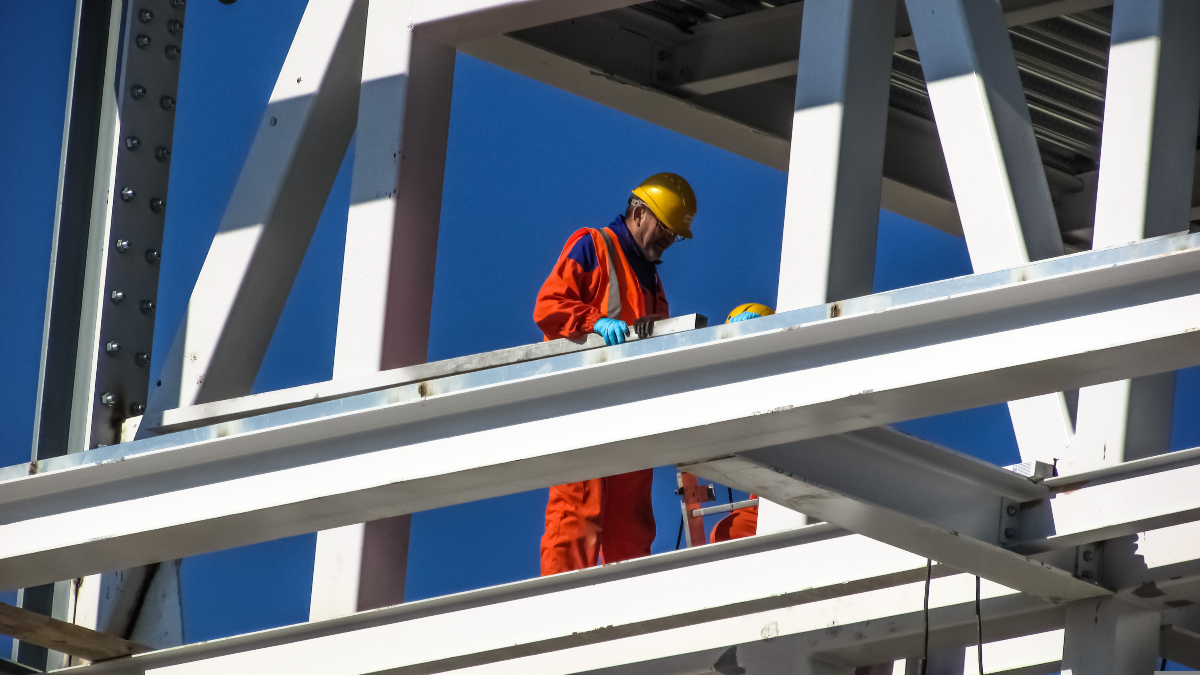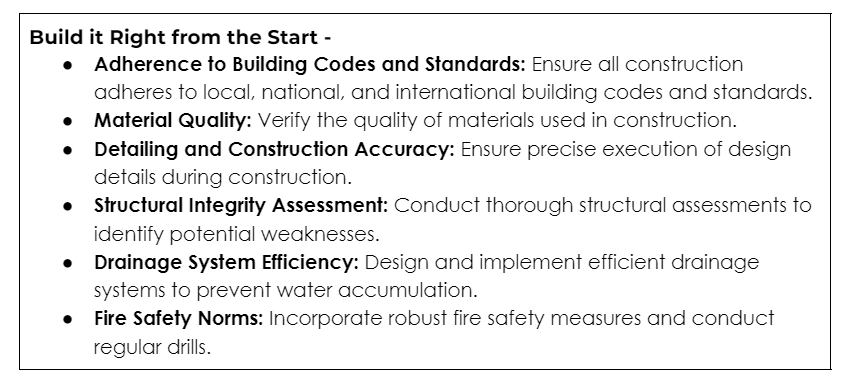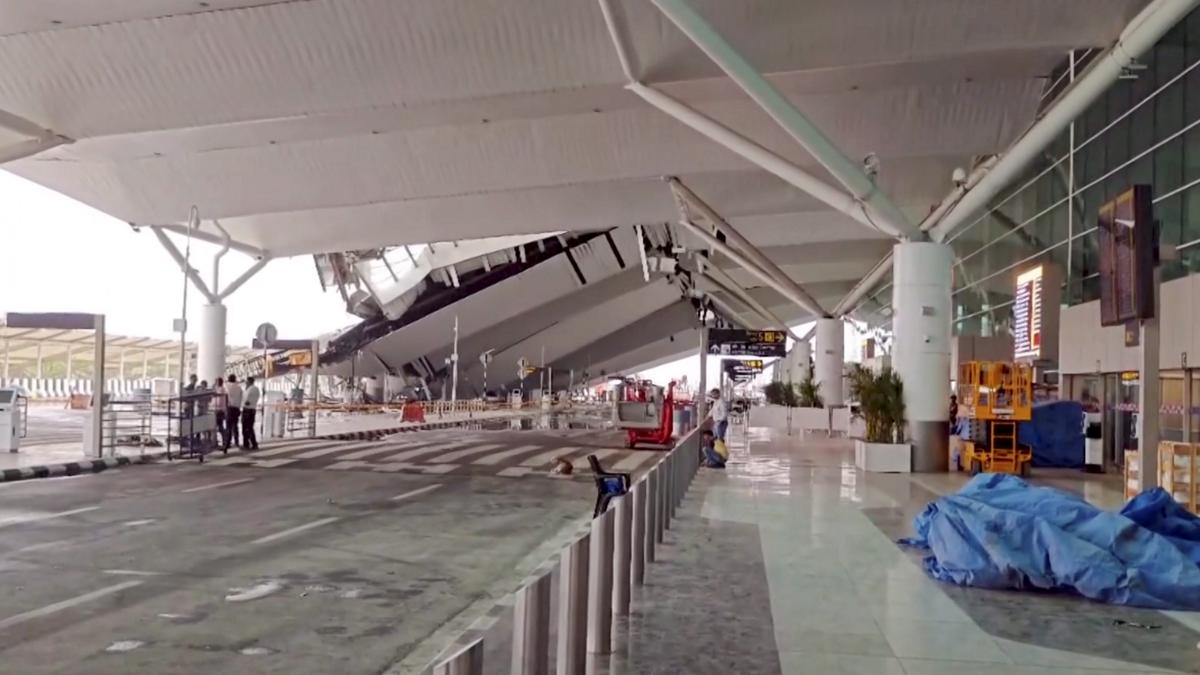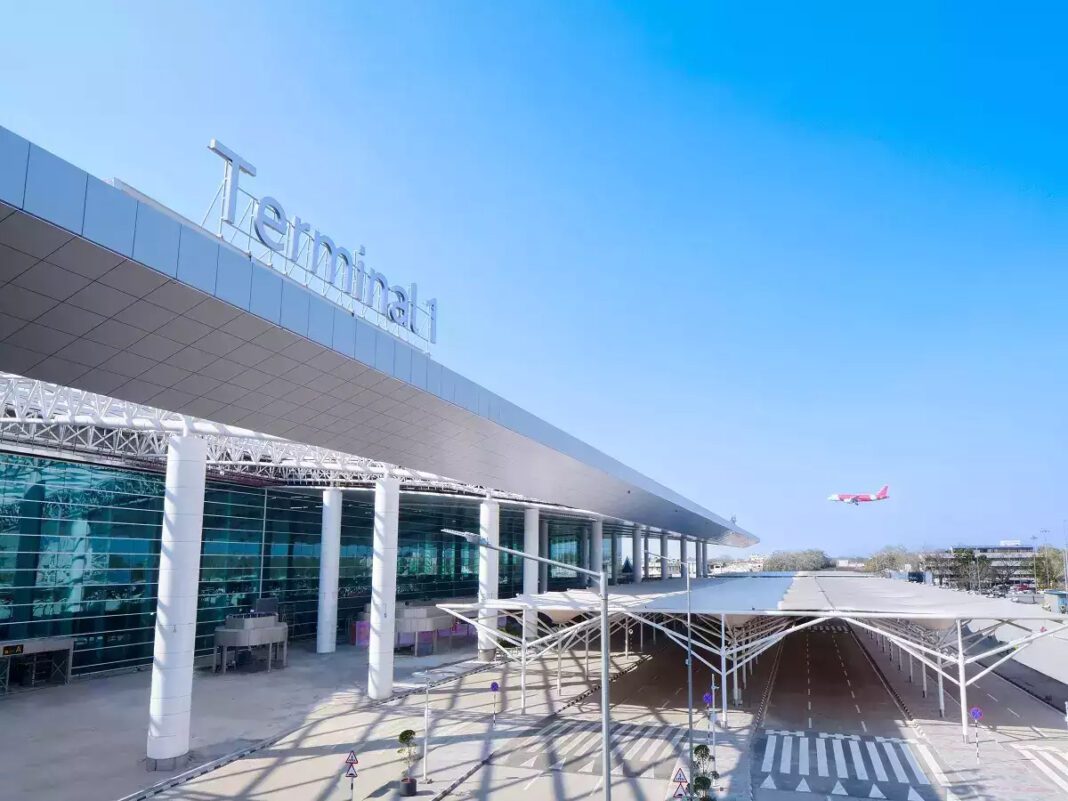The collapse of Delhi Airport’s Terminal 1 roof in June 2024 was a stark and tragic reminder of the pressing infrastructure challenges facing India. This high-profile disaster has exposed a systemic failure in design, construction, and maintenance that has eroded public trust in the safety of public spaces.
Similar incidents at Jabalpur and Rajkot airports, both relatively new facilities, have further compounded the crisis. While heavy rains have been cited as the primary cause, experts are questioning the adequacy of design, construction, and maintenance protocols.
Beyond the immediate human tragedy, the events have brought to the fore the design, construction, maintenance, and oversight processes involved in such mega-projects. It has become evident that a culture of negligence, often prioritising speed and cost over safety, has permeated the infrastructure sector. The incidents underscore the urgent need for a comprehensive overhaul of the system, from the drawing board to the final stages of construction and beyond.
Further, the public’s trust in authorities and infrastructure developers was severely shaken. The demand for stringent accountability and transparency has become more pronounced than ever. As India strives to become a global economic powerhouse, ensuring the safety and durability of its infrastructure is paramount. The Delhi airport collapse served as a wake-up call, demanding a paradigm shift in the approach to infrastructure development, prioritising public safety above all else.
Rain Check
The recent collapse of the roof in Delhi Airport has exposed critical shortcomings in public infrastructure design, construction, and maintenance. Experts discuss a confluence of factors that could have contributed to this tragedy.
Mahendra Singh, CEO, Arcedges Building India LLP believes, “What happened in Delhi was perhaps a by-product of ignorance towards servicing in infrastructure combined with heavy downpours. It was also partly because the present situation was not accounted for, and also because of the high pedestrian traffic that may not allow for regular maintenance.”
However, Ruchir Panwar, Principal Architect, e3+A Designs LLP, emphasises that the first step is to understand the reasons for and the cause of the collapse. “I can only hazard a guess that there was poor maintenance and something may be lacking in terms of detailing. Such structures are designed meticulously but during construction, the details get lost. The critical members may have been modified which can create problems. The audit process needs to include a third party for stringent inspection.”
 On the other hand, Sridhar Reddy, Managing Director, Sri Harsha Consulting Engineers, weighs in on the technical aspect, “The structure may have collapsed due to the use of pin joints which should have been avoided during the design stage. Pin joints are susceptible to such mishaps, especially in a public space.”
On the other hand, Sridhar Reddy, Managing Director, Sri Harsha Consulting Engineers, weighs in on the technical aspect, “The structure may have collapsed due to the use of pin joints which should have been avoided during the design stage. Pin joints are susceptible to such mishaps, especially in a public space.”
“It is unfortunate that something of this scale has happened,” as Ravi Ramparia, Principal Architect, Ravi Ramparia Architects, points out, “and we are hopeful that IIT Delhi is looking into it. We should take this as a serious case study in building correctly.”
Another reason potential reason identified was the ponding effect due to excessive rains. The structure’s weight increased due to water pooling which is not anticipated in structural design.
Design to Decline?
Regardless of the cause, the experts agree that a critically overlooked part was the lack of regular maintenance. Reddy shares, “The situation could have been avoided had regular inspections taken place. For any structure, regular maintenance is required. There could be loosened bolts and nuts that require checking, as well as to check for corrosion. Provisions need to be made to outline maintenance guidelines. Ideally, the inspections should happen every year or before and after monsoon season to assess damages.”
Singh, though, is of the opinion that maintenance must be accounted for from the beginning, “Going forward, public utility structures that hold such significance must be created in a way that requires minimal maintenance. While the design takes care of an aesthetically pleasing structure, the resilience of the structure also needs to be taken care of.”
Similarly, Reddy emphasises that engineers must take a stand to design a foolproof structure. Even if aesthetics demand the use of unsound methods, the engineer must prioritise safety. The inspections have to be yearly at minimum, and quarterly for high-traffic structures like Delhi Airport and at the end of monsoon season.
 Hidden Dangers
Hidden Dangers
Any metal structure has deflection built into the frame. These deflections sometimes allow for a ponding effect. Most airports have tensile roofs or a curved profile where the drainage system may be adequately designed but if not maintained could lead to additional weight on the roof. In worst-case scenarios, it leads to situations like the one at Delhi.
Panwar highlights, “We need to get rid of the idea that once the structure is built, it does not need to be looked after; all structures need maintenance. The difference is that steel will show visible distress but concrete won’t until the damage is done. It is part of the reason why I am surprised it wasn’t caught earlier. It tells you that we take some things for granted, which needs to change immediately.”
It not only takes care of the structure immediately but also offers a long-term benefit by keeping it operational for longer and cutting the then-replacement costs.
Ramparia recommends that the major structural members must either be exposed or panellised in a way that is easily removed for visual checks. Such structures are prone to corrosion due to being exposed to humidity, and rains. “Simultaneously, if they are cladding with panelling, it is important to make sure that there is no water accumulation. It is necessary to remove these panels and visually inspect them for water and corrosion.”
As the structure endures wear and tear over the years, the coating systems need to be checked as well, especially in critical junctions where rust can weaken the joints.
Singh states, “I would highly recommend measuring the coating systems and the plate thickness. For example, The structure designed with a 20 mm thickness a decade ago can be checked for corrosion and reinforced if needed.”
To check for drainage, he adds, “While our business is limited to PEBs and warehouses, we generally recommend that buildings with heavy loads be inspected at least once a quarter or twice a year. The rain drainage by means of gutters and downspouts, and bracings that hold the structure together are essential points of checks. It may so happen that in due course of operation, some critical joints can need repair.”
 Reactive to Proactive
Reactive to Proactive
Preventing catastrophic infrastructure failures requires a proactive approach that combines human expertise with advanced technology. By implementing regular inspections, employing cutting-edge monitoring systems, and establishing robust maintenance protocols, authorities can significantly enhance the safety and longevity of public structures.
In steel buildings, particularly in public infrastructure, corrosion and fire safety is the biggest challenge. While Reddy recommends, “Fire norms need to be the priority and drills must be done at regular intervals.” Singh points out, “The biggest challenge in highly polluting coastal zones is corrosion. A suitable paint needs to be considered such as C5, C4, C3.”
Ramparia concurs, “The right paint, intumescent or anti-corrosion, for steel structures is a must and needs to be done yearly, especially at the joints. In both, concrete and steel structures, I recommend not using too many panels and keeping the joints visible to even a layman.”
Normally, it is a collaborative process. Panwar stresses that the designer and the owner should sit together and work out the regimen for monitoring. Internationally, most buildings have sensors that have pre-recorded safe limits which when crossed immediately sends out an alert with the location. “Of course, these are extreme measures with extreme costs. But for public buildings, especially one like Delhi Airport, there is a human aspect as well; for that, I believe the extra safety cost is worth it. Sensor-based technology has to be taken into account in the structural design and can be further guided by an audit company.”
Though, Ramparia recommends using India’s burgeoning population to its advantage, “In India, we are fortunate to have a lot of manpower. This technology is ideal, especially in countries that do not have the skilled labour. But here, the management team can be trained to inspect and look out for alarming signs of damage regardless of their engineering qualification.”
Singh emphasises that safety is paramount, “It’s a very unfortunate incident, coupled with the incidents at Rajkot and Jabalpur. I can only hope that going forward, as a growing country which is adding infrastructure at such humongous speed, safety and proper execution must be at the top when dealing with public utility structures.”





